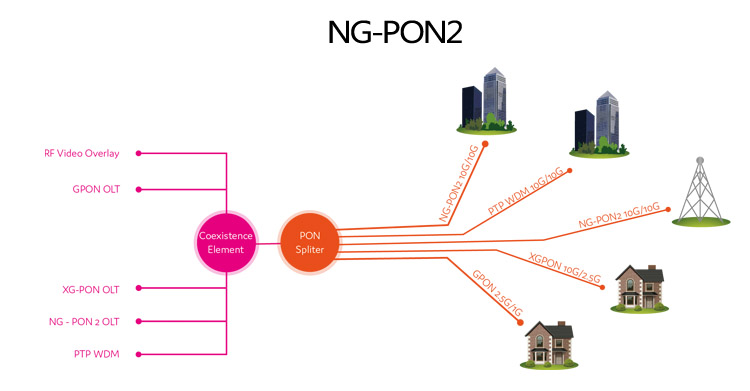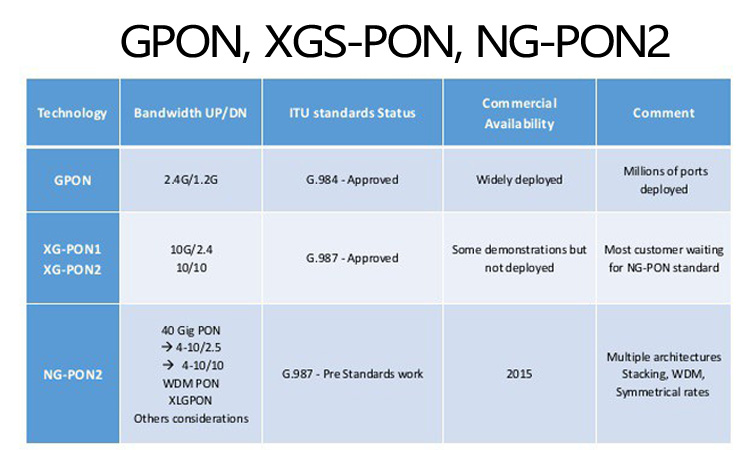According to media reports, Verizon decided to use NG-PON2 instead of XGS-PON for the next-generation optical fiber upgrades. While this goes against industry trends, a Verizon executive said it will make life easier for Verizon in the years to come by simplifying the network and upgrade path.
Although XGS-PON provides 10G capability, NG-PON2 can provide 4 times the wavelength of 10G, which can be used alone or in combination. Although most operators choose to upgrade from GPON to XGS-PON, Verizon cooperated with equipment supplier Calix several years ago to seek NG-PON2 solutions.
It is understood that Verizon is currently using NG-PON2 to deploy gigabit fiber optic services in residences in New York City. Verizon is expected to deploy the technology on a large scale in the next few years, said Kevin Smith, vice president of technology for Verizon’s fiber optic project.
According to Kevin Smith, Verizon chose NG-PON2 for several reasons. First, because it offers the capability of four different wavelengths, it offers a “really elegant way of combining commercial and residential services on one platform” and manages a range of different demand points. For example, the same NG-PON2 system can be used to provide 2Gbps optical fiber services to residential users, 10Gbps optical fiber services to business users, and even 10G fronthaul services to cellular sites.
Kevin Smith also pointed out that NG-PON2 has an integrated broadband network gateway (BNG) function for user management. “Allows to move one of the routers currently used in GPON out of the network.”
“That way you have one less point of the network to manage,” he explained. “That of course comes with an increase in cost, and in general it’s less expensive to continue adding network capacity over time. “
Speaking of increased capacity, Kevin Smith said that while NG-PON2 currently allows the utilization of four 10G lanes, there are actually eight lanes in total that will eventually be made available to operators over time. While the standards for these extra lanes are still being developed, it is possible to include options such as four 25G lanes or four 50G lanes.
In any case, Kevin Smith believes that it is “reasonable” that the NG-PON2 system will eventually be scalable to at least 100G. Therefore, although it is more expensive than XGS-PON, Kevin Smith said NG-PON2 is worth it.
Other benefits of NG-PON2 include: If the wavelength that the user is using fails, it can be automatically switched to another wavelength. At the same time, it also supports the dynamic management of users and isolates high-bandwidth users on their own wavelengths to avoid congestion.
At present, Verizon has just begun large-scale deployment of NG-PON2 for FiOS (Fiber Optic Service) and is expected to purchase NG-PON2 equipment on a large scale in the next few years. Kevin Smith said there had been no supply chain issues so far.
“GPON has been a great tool and gigabit hasn’t been around for long… but with the pandemic, people are accelerating the adoption of gigabit. So, for us, it’s now about access A logical time for the next step,” he concludes.
SOFTEL XGS-PON OLT, ONU, 10G OLT, XGS-PON ONU
Post time: Apr-03-2023




